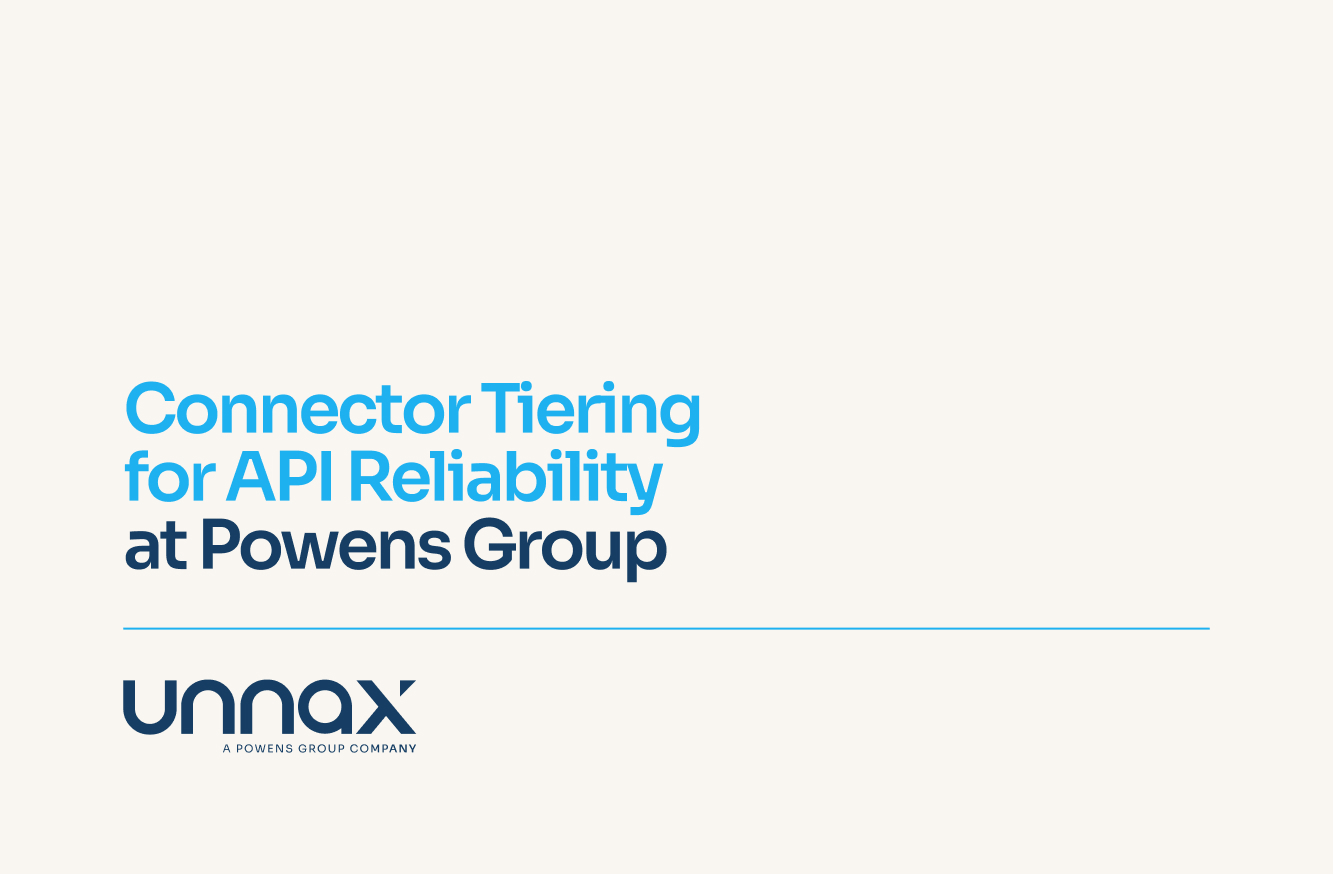If what’s past is prologue, then 2021 will be a benchmark year for fintech. As we start the new year on a clean slate, we’re looking at what we believe will be the major trends shaping fintech over the next 12 months.
The fintech trends we’re watching in 2021
1. Open Banking’s continued maturity

The nascent Open Banking movement will enter the new year with more opportunities than ever before. Due to the combination of the pandemic changing consumer habits, and PSD2’s first-full year in effect, Open Banking will play a key role in transforming retail finance.
To wit, both established banks and fintech companies can leverage Open Banking for financial innovation. That said, it is up to the former to continue to push out new and initiative APIs to grow the movement.
Governments and regulators will continue to pass laws and frameworks for Open Banking in their jurisdictions. In turn, banking data will continue to fall into the hands of financial innovators around the world.
2. Online Payments & SCA

Online payments will undoubtedly be the biggest fintech trend we’re watching in 2021. From January 1st, online card payments within the EU must now go through PSD2’s secure customer authentication (SCA) protocol.
While this security feature is good news for consumers, merchants will likely struggle as SCA can increase shopping cart abandonment. As a result, merchants and other online retailers will look to alternative payment methods to securely process transactions without detracting from the user experience.
Open Banking’s payment initiation concept will also play a prominent supporting role for global fintech this year. Here, innovators will use these APIs to reduce payment friction and help businesses offer more comprehensive services.
3. The rise of “Finance-as-a-Service”

Fueled by new regulations and an ever-growing catalog of APIs, the “Finance-as-a-Service” movement will continue to grow in 2021. Like other X-aaS products, Finance-as-a-Service allows non-regulated entities to offer regulated financial products.
We see growth in three key verticals for 2021:
- Banking-as-a-Service (BaaS): which allows industries such as e-commerce, travel, and the gig-economy to offer financial services such as loans and e-wallets.
- Regulation-as-a-Service (RaaS): like BaaS, RaaS lets non-financial companies access certain regulated financial products through a 3rd party’s banking license. RaaS enables entrepreneurs to build new Fintech products without needing regulatory authorization quickly.
- Brokerage-as-a-Service (BraaS): traditional banking involves managing wealth. BraaS enables innovators to build investment management products on top of a licensed brokerage’s APIs.
4. Neobanking’s next iteration

Building on its past moment, the neobanking movement will iterate into deeper verticals and niches.
In their first version, neobanks offered current accounts and a smattering of ancillary services on top of well-designed UI & UX. After a half-decade of stellar growth, their investors now want to see more revenue generation.
In 2021, we will likely see established neobanks begin to offer loans, insurance, and other traditional banking services. As innovators, these startups will no-doubt leverage Open Banking to make these products more efficient and personal.
Thanks to RaaS above, we will see upstart neobanks targeting specific niches – from students, environmentally conscious consumers, and beyond.
5. The deepening of WealthTech

The first robo financial advisers turned ten in 2020. With a decade of growth behind the tech, we will see robo-advice turned from a commodity into a value-add. Like RaaS and BaaS, Brokerage-as-a-Service will create novel wealth management services.
The pandemic created a whole new demand for frictionless day-trading apps. These platforms exploded in popularity. 2021 should see them become more prevalent outside of the United States, disrupting retail investment practices and catching regulators’ attention around the world.
6. Finance Goes Green

Over the past few years, sustainability, social responsibility, and good governance grew to be among the hottest global investment trends. With an increasingly volatile climate, ‘green’ financial products will move beyond investments and to all reaches of the industry in 2021.
This ‘greenification’ of fintech will be far-reaching. For starters, countries and organizations worldwide are setting up bodies to make financial innovation more sustainable. These groups aim to codify what constitutes green finance and how fintech can achieve those goals.
Second, current banks — whether traditional or otherwise — will shift to offering green products and services while axing conventional ones.
Finally, we will see the emergence of green-native neobanks. These Fintech startups will be green natives, offering advice on sustainable purchases and goals, ESG/SRI investment products, and even wooden debit cards, all wrapped in a tailored UX.
A Fintech-filled year
For the finance industry, fintech will be one of the hottest topics of 2021. From Open Banking to payments, sustainability, as-a-Service, and more, Unnax will be watching and contributing to this exciting movement as it happens. Keep watching this space to see how it all unfolds.










